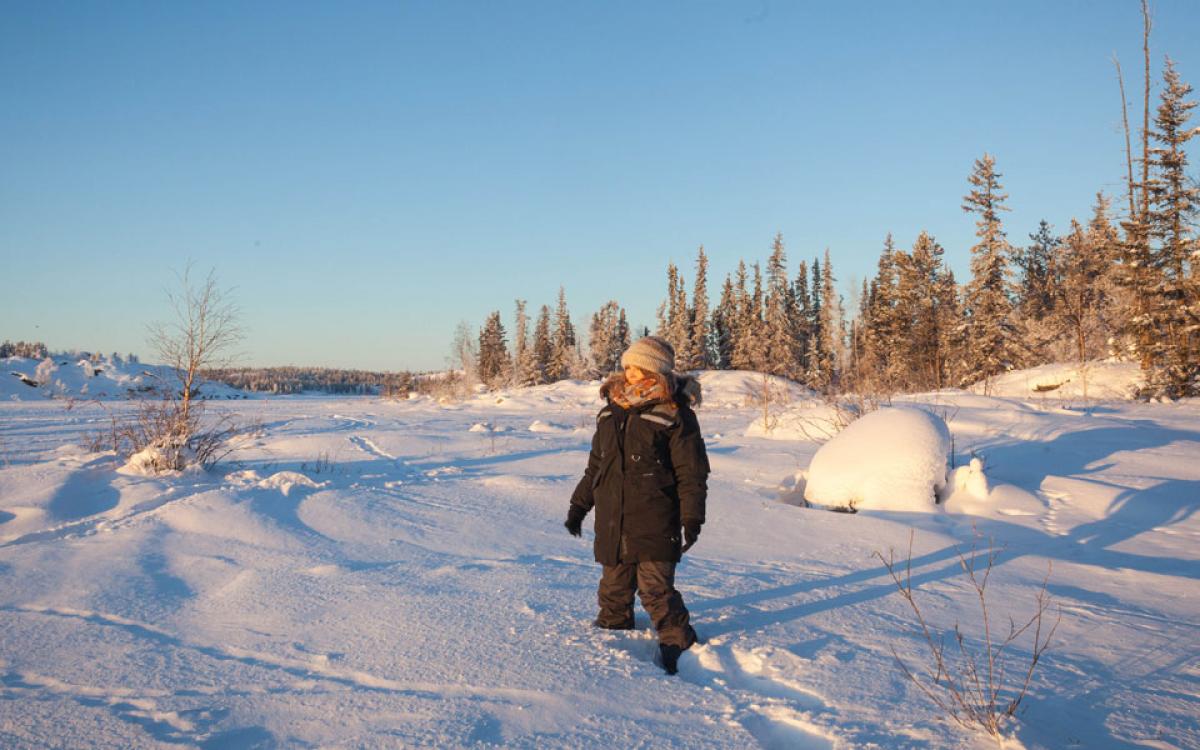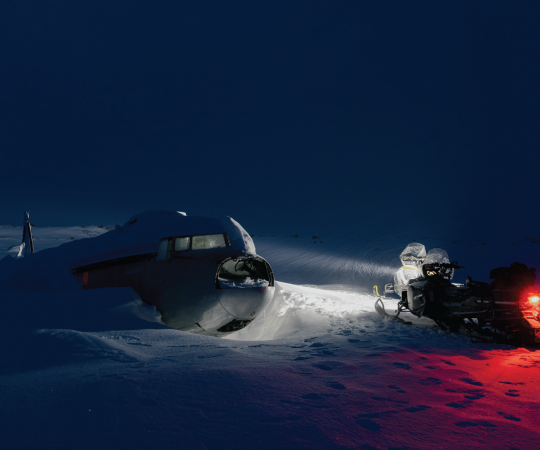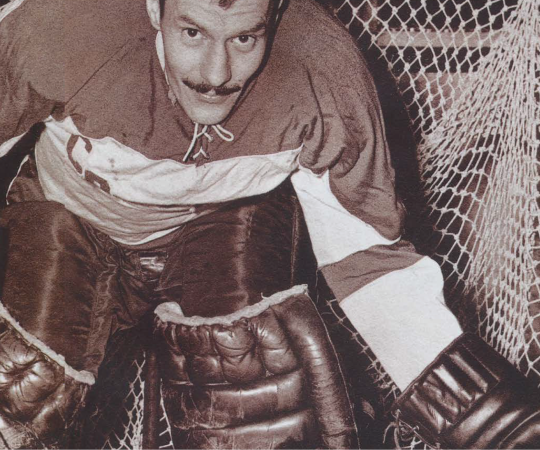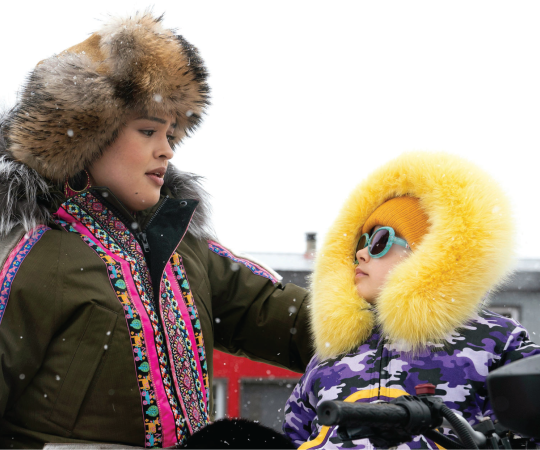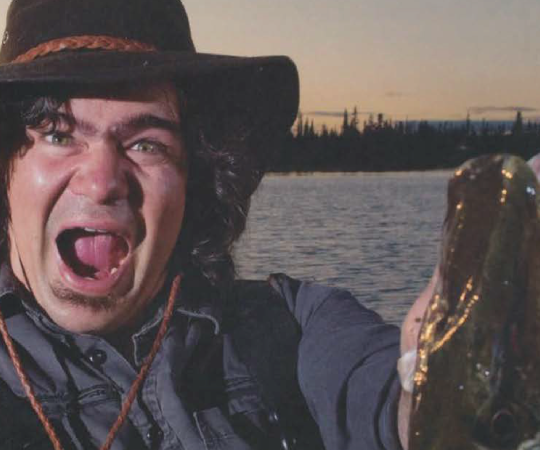I have had trouble with the darkness.
I’ve tried SAD full-spectrum lights, high-dose Vitamin D supplements, exercise regimes, talk therapy, staying in bed. Nothing has worked. Then I moved to Marsh Lake.
You would think a rural life would be darker, harder. Away from Whitehorse’s street lights and bright urban distractions like restaurants, gyms, shops, I thought I would retreat deeper into my seasonal mood-cave. Indeed, I did crawl right to the back, but found, to my surprise, that it was a cozy, enjoyable place to be.
The Danish have a word to describe their attitude to enjoying winter. Hygge has no English equivalent—maybe ‘coziness’—but it essentially means “a feeling of belonging and warmth, a moment of comfort and contentment.” Firelight is central. They pile on the candlelit dinner parties and fireside gatherings with family and close friends. No wonder they are rated one of the happiest countries on the planet.
It is my theory that, at least within my broad circle of friends and neighbours, there is a vastly more interesting, appealing form of hygge under development right here on the shores of Marsh Lake. It’s a cross between the comforts of a Danish dinner party and the outlandish inventiveness of Mad Max.
Take last Saturday for example. We hosted an outdoor film screening. Snowsuit-clad friends huddled on lawn chairs around a fire to watch The Greasy Strangler (not recommended for most audiences) as it was projected onto a huge screen overlooking the near-frozen lake. We drew names for who could wear the electric blanket. Multiple fires burned. The icy lake tinkled. The moon rose over my shoulder. It was utterly SAD-blasting.
My partner Terry is a self-restrained pyromaniac. There are—count—eight different fire burning installations around our property: the burn barrel, the bonfire ring, the cooking pit, the outdoor woodstove, the sauna stove, the wood shop stove, the wall-tent stove, the mobile fire unit.
The mobile fire unit is the pièce de résistance. At first glance it looks like a lawnmower aflame. Because it is. Terry removed the motor and blades from a salvaged mower and attached an old washing machine drum (a perforated cylinder) in their place. Flames lick four feet into the air as you roll your fire down the street. This handy little unit has kept many a trick-or-treater, Christmas caroller or hockey player warm even on the chilliest evenings.
I grin ear-to-ear thinking about last year’s Christmas carolling. It was a nippy -25 C, the mobile fire left a breadcrumb trail of mini coals along the frosty road as we skipped house-to-house. Without any notice of our arrival, neighbours welcomed us with baked goods, free-poured spirits, laughter and the odd bathroom break.
Then there’s solstice. It’s barely more than an inscription on a wall calendar for people in the South. For Northerners, the winter solstice is a holy redemption. Our punishing walk through Hades has reached its peak. It’s time to walk back out, and don’t forget to toss a bone to the three-headed dog as you depart.
My first year in Marsh Lake, I was initiated into the rites of the local solstice worshippers. A bonfire so huge that the first few rings of humans encircling it wore t-shirts or less, dancing to heavy beats while an effigy—carried by six pallbearers—was heaved onto the pyre. One year it was an ark, another year an alien figure. One year, fireworks blasted out of the burning mound at random angles. For over a decade our friends hosted this ritual, artfully preparing the effigy, the dozens of ice candles and a hand-sculpted torch-lit luge run. Sadly, but understandably, they’re finished. Terry and I have considered resurrecting the tradition. Our property is steep: I fantasize multiple serpentine luge runs jet-blasting guests from the road down to the giant fires at lake’s edge.
Though fun, such events are exhausting. The most nourishing thing I do during the days of dark is less grandiose: A gathering of friends around our bonfire reading passages aloud from our favourite books. I highly recommend this. There’s something about the human voice orating around a fire, under the stars—it strikes a primordial chord.
Critics of the hygge concept argue that Danes are happy not just because of their propensity for candlelit social gatherings but that they are well-off, enjoy a superior welfare state and ingest more sweets, meats and booze per capita than most. They also consume more antidepressants than any other European country.
Indeed, Marsh Lake’s fire-lit shenanigans are not enough to completely stave off the winter-blues. When November rolls around each year, I still feel my blood run grumpy. But now, when the dark cave closes in around me, I just crawl right in.

